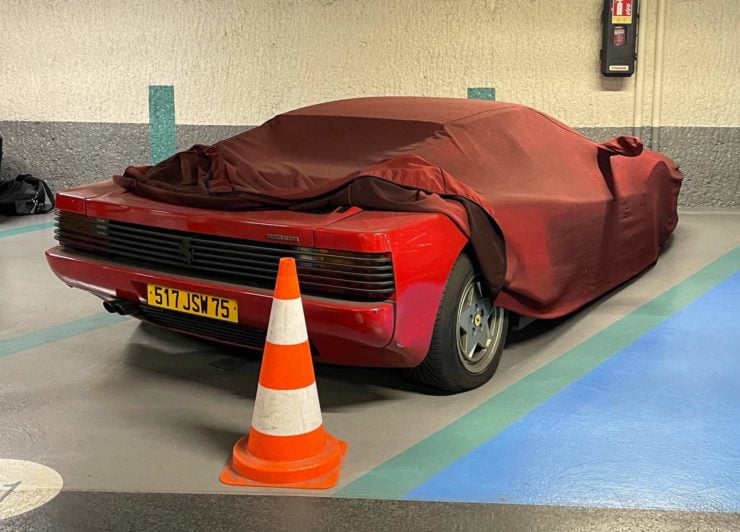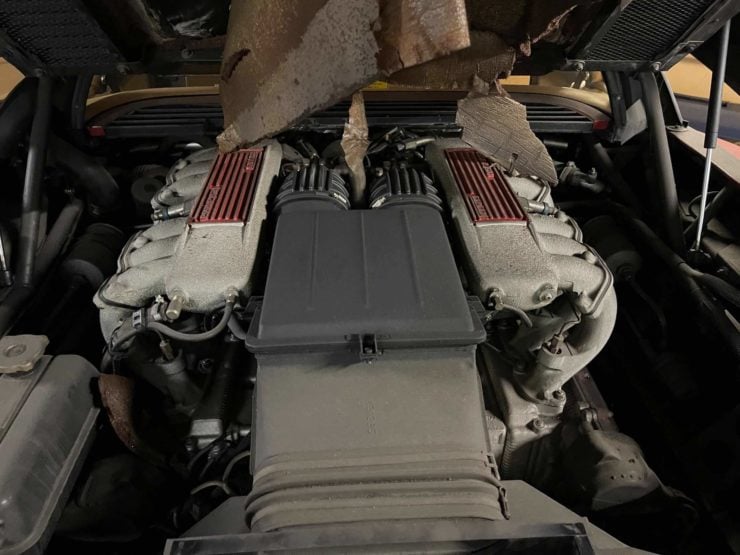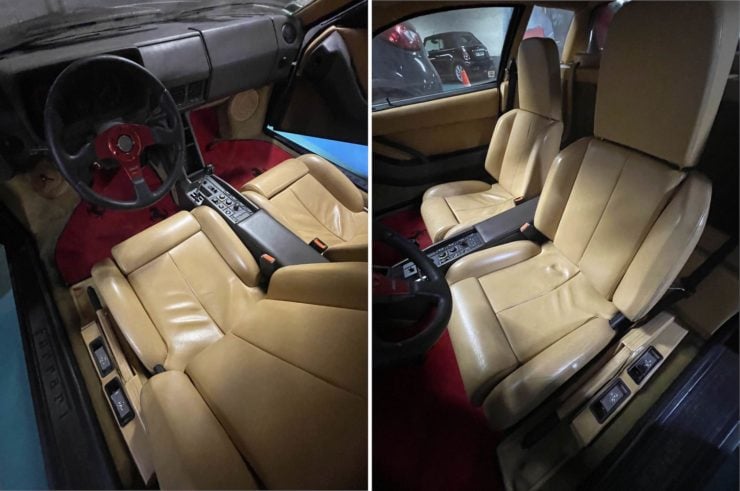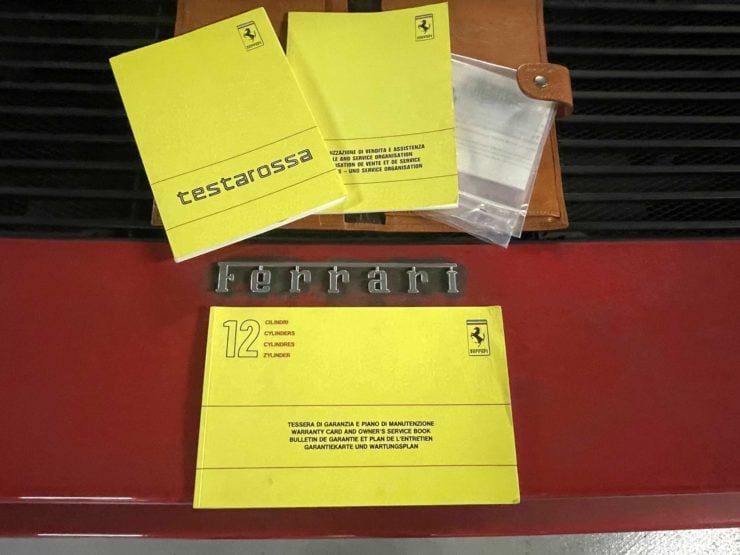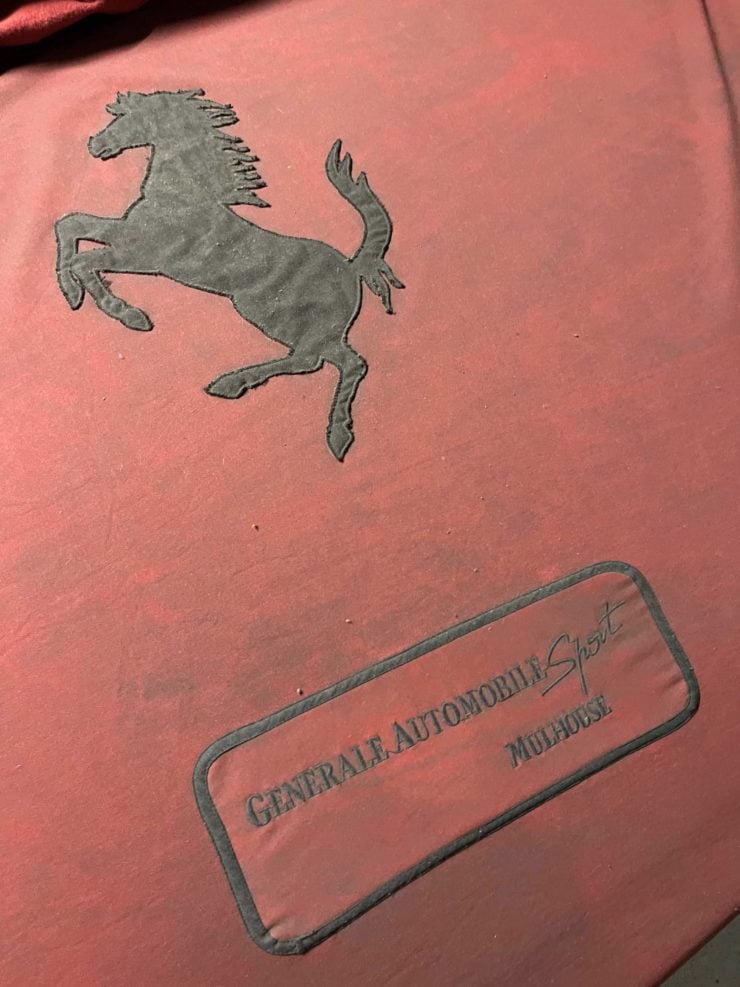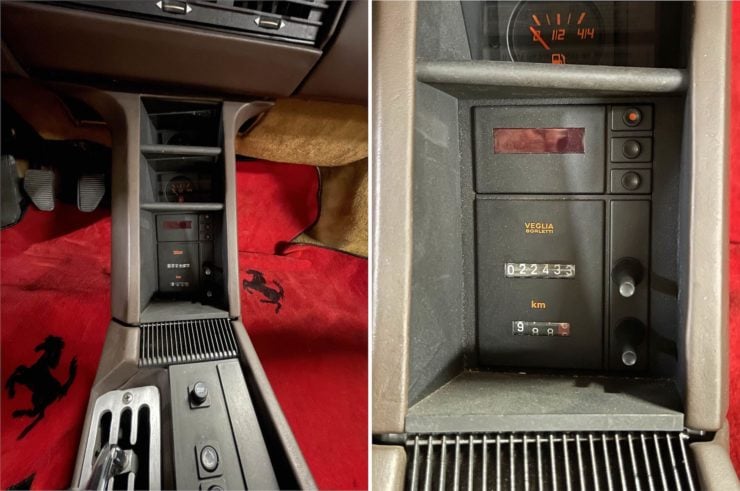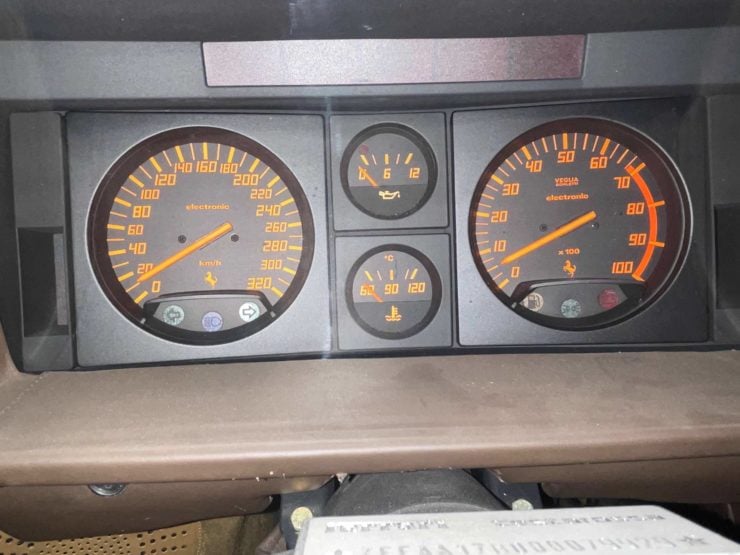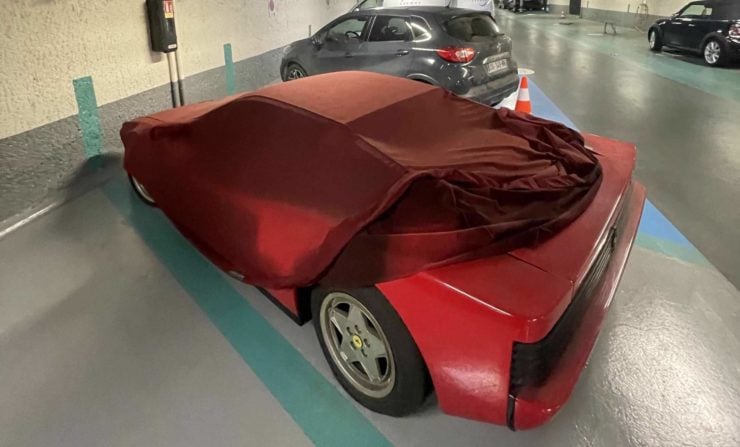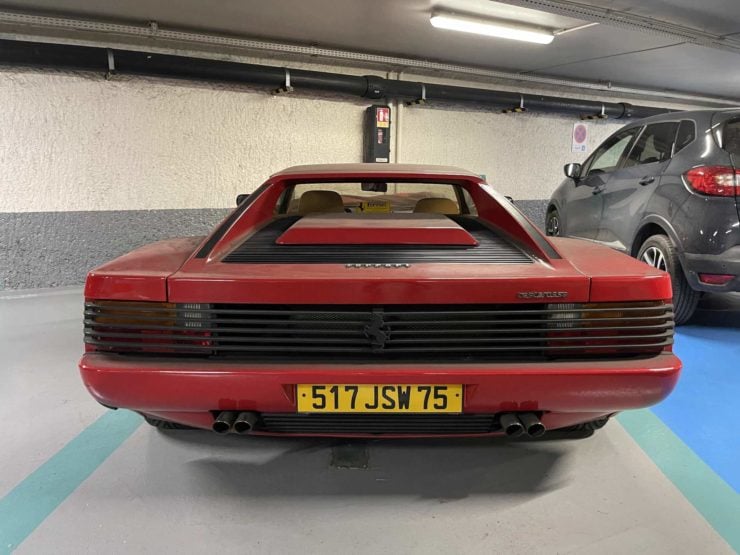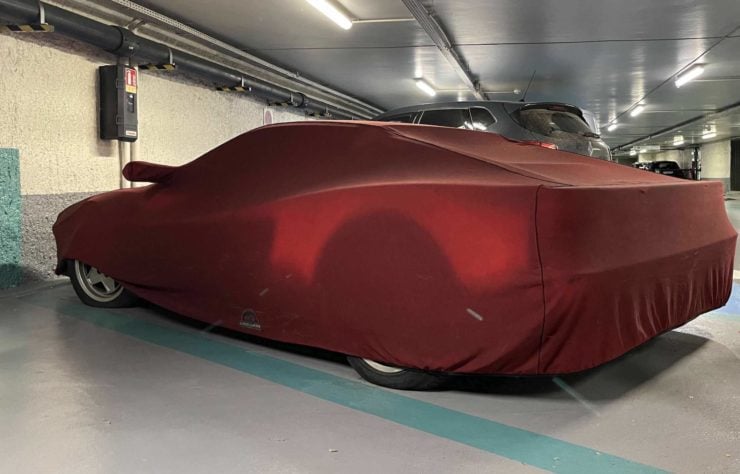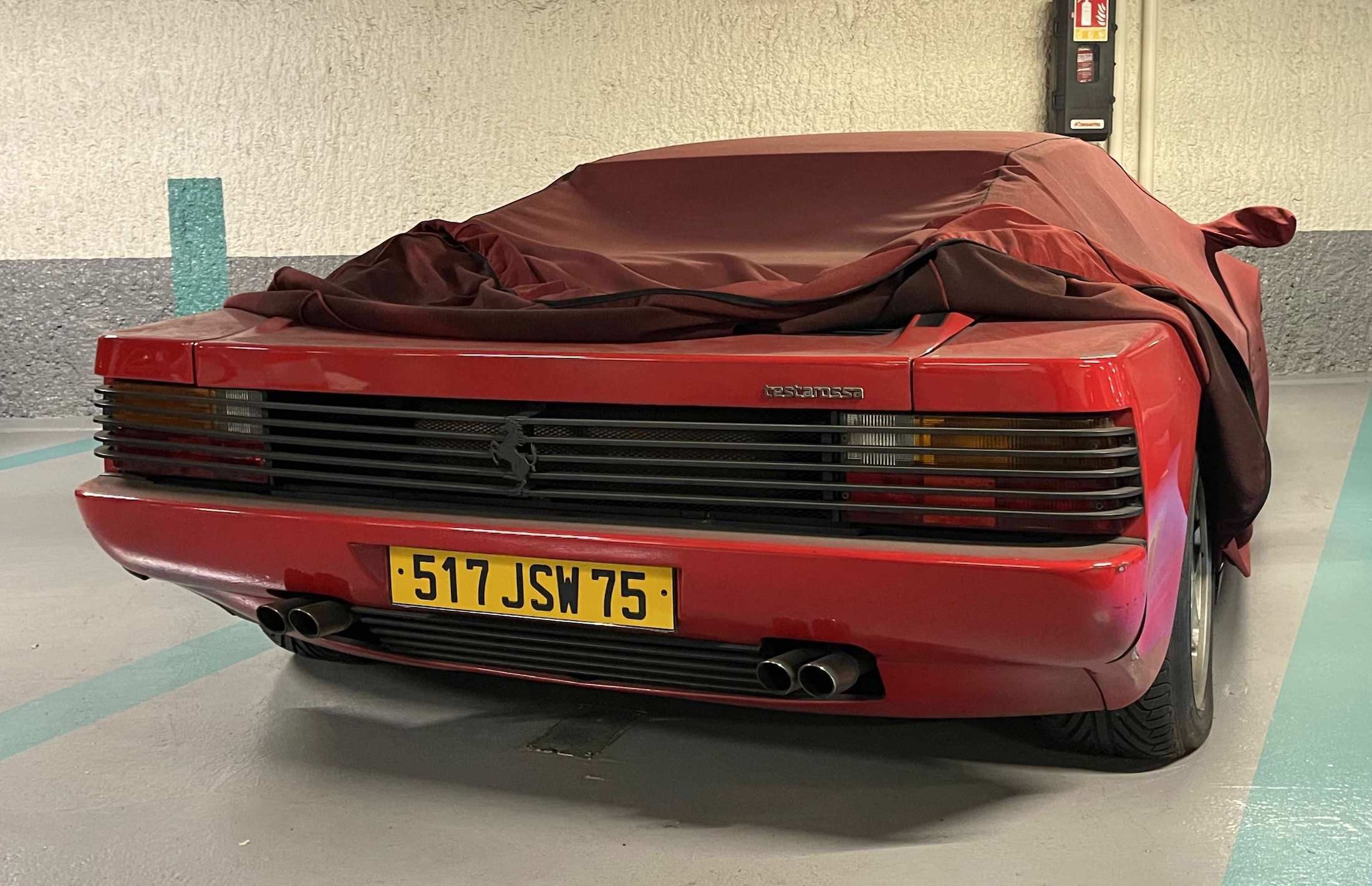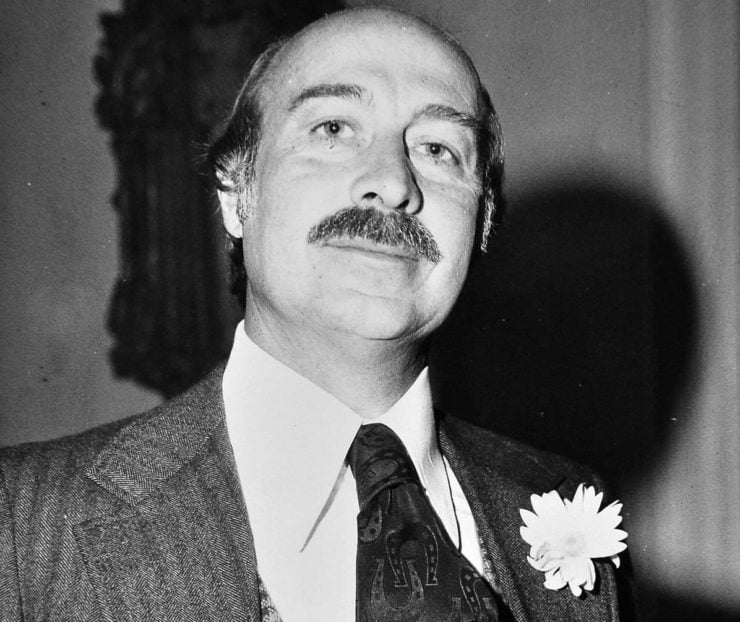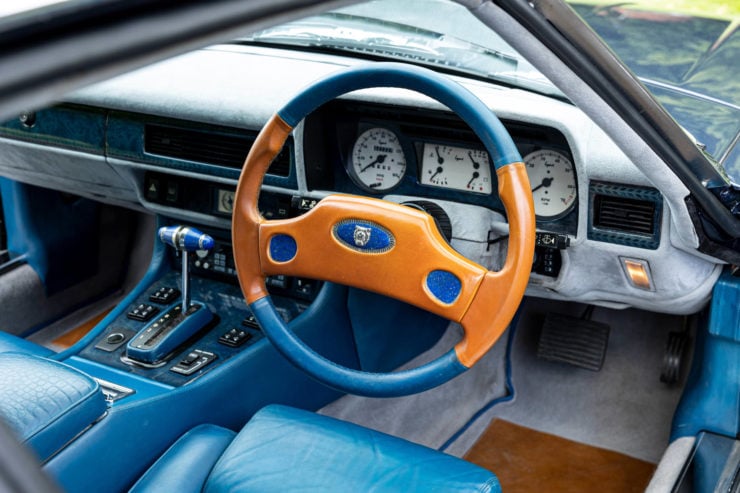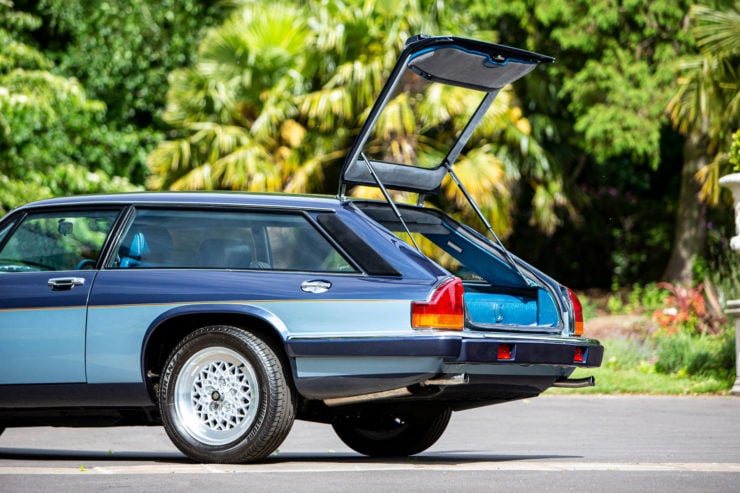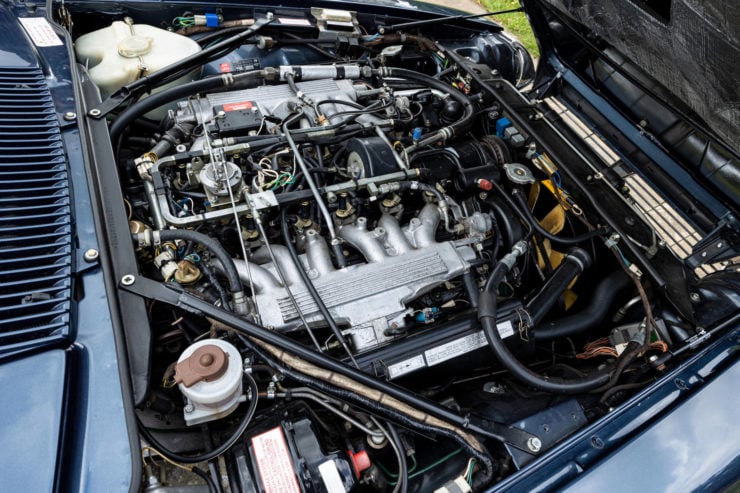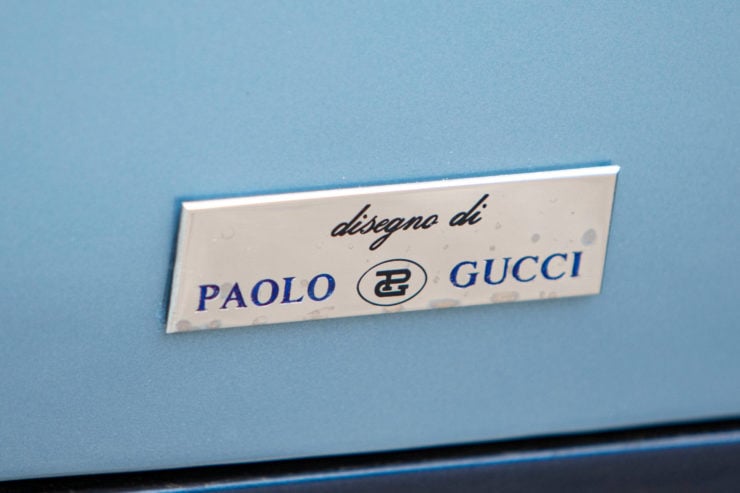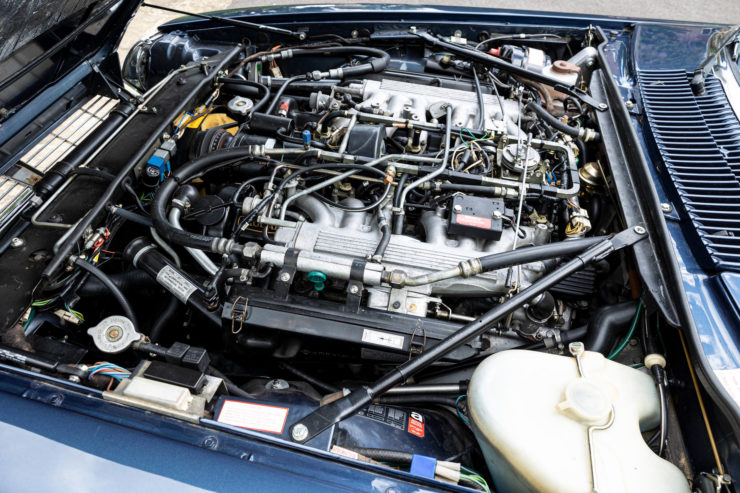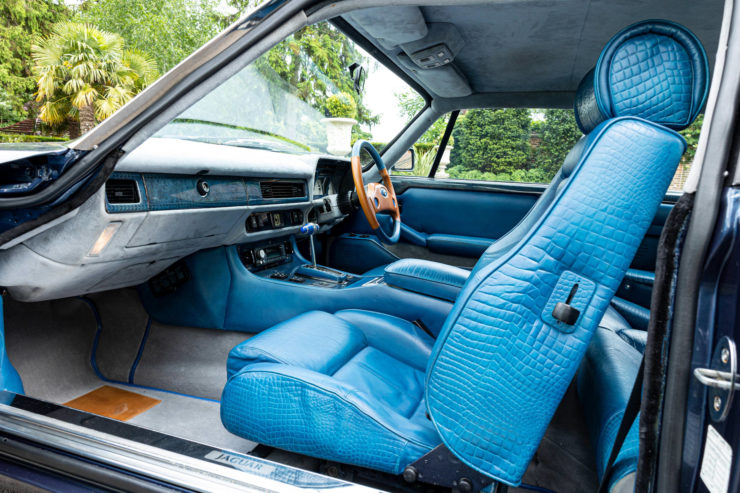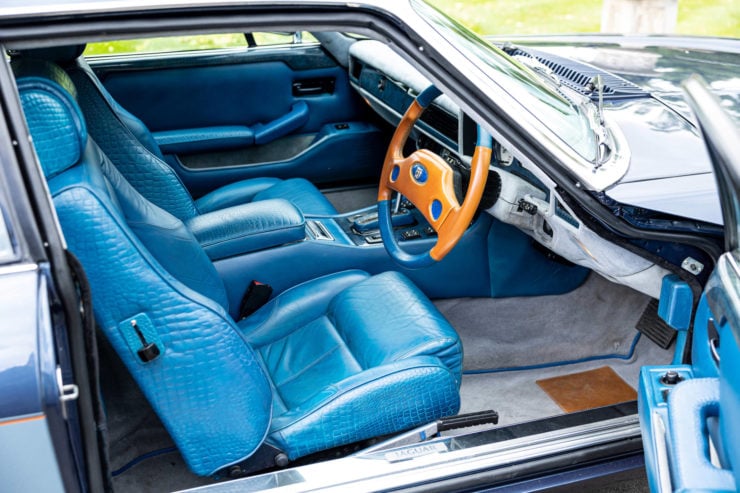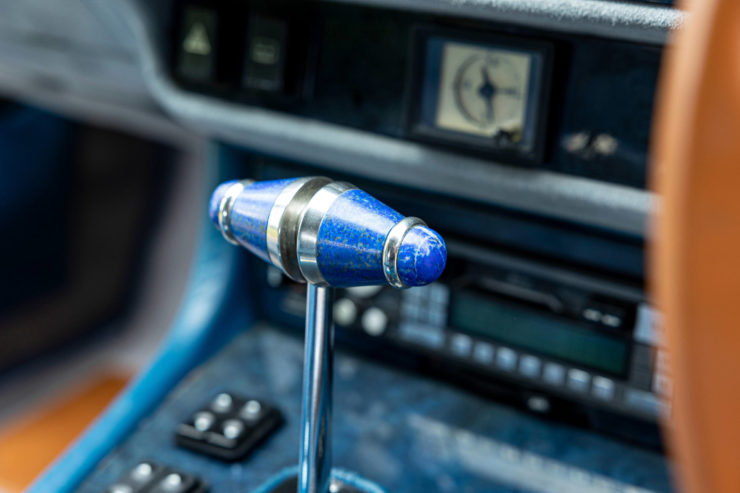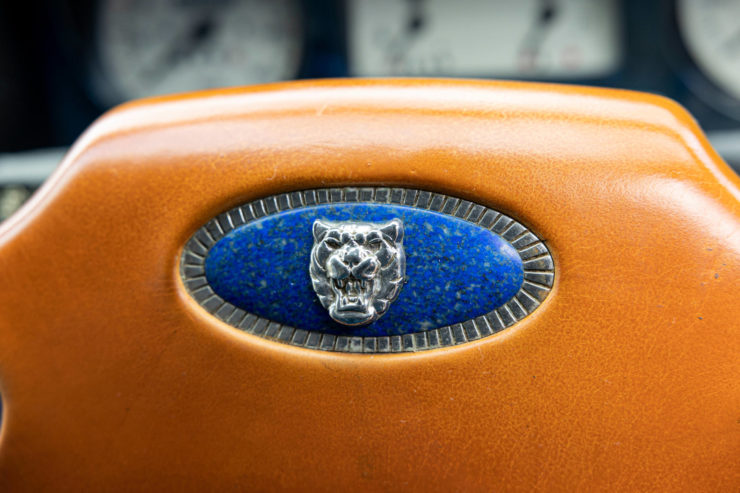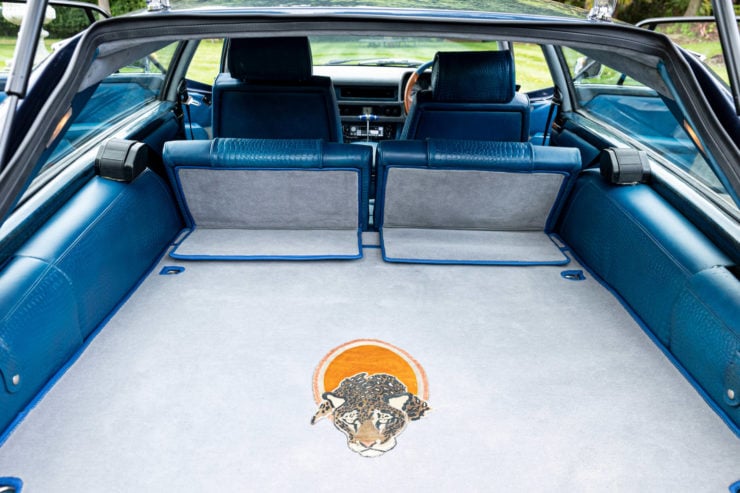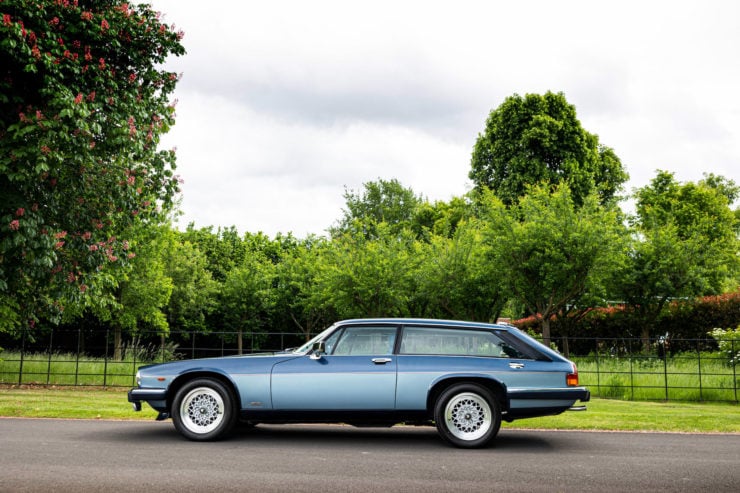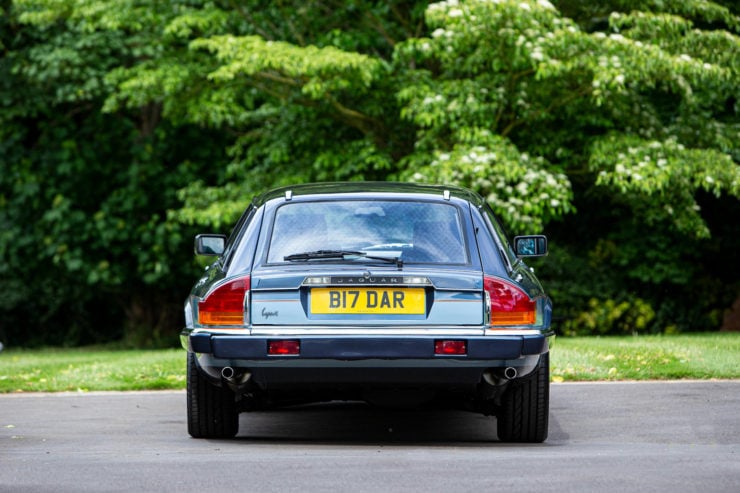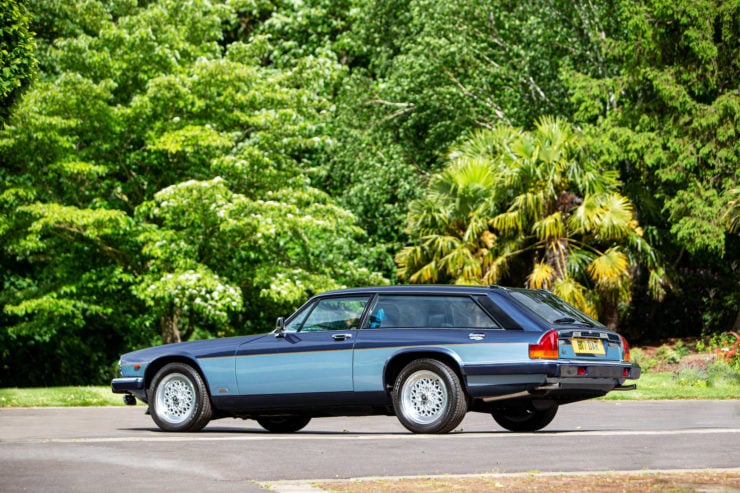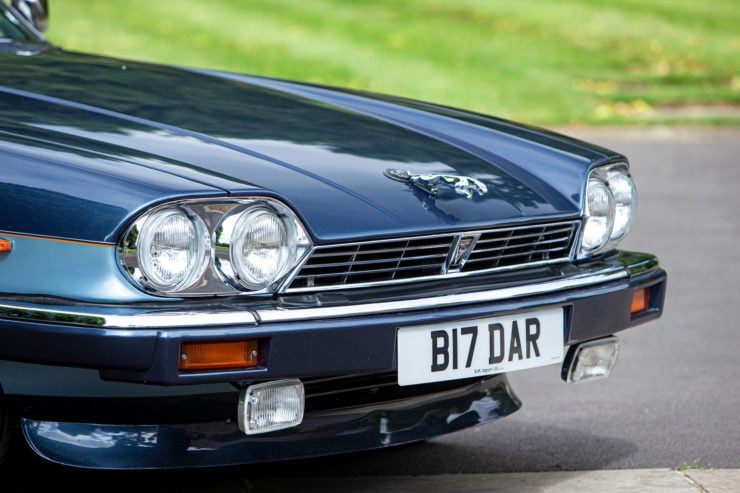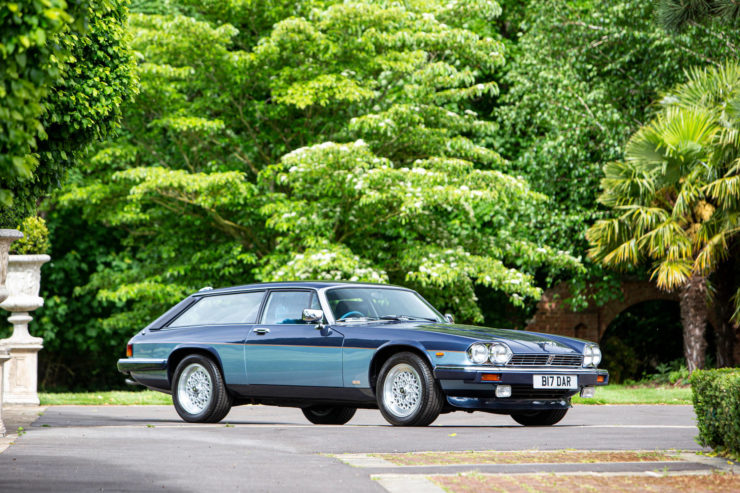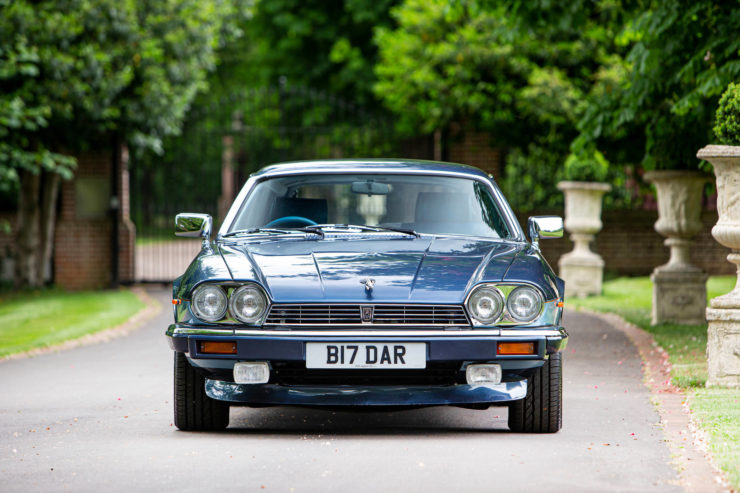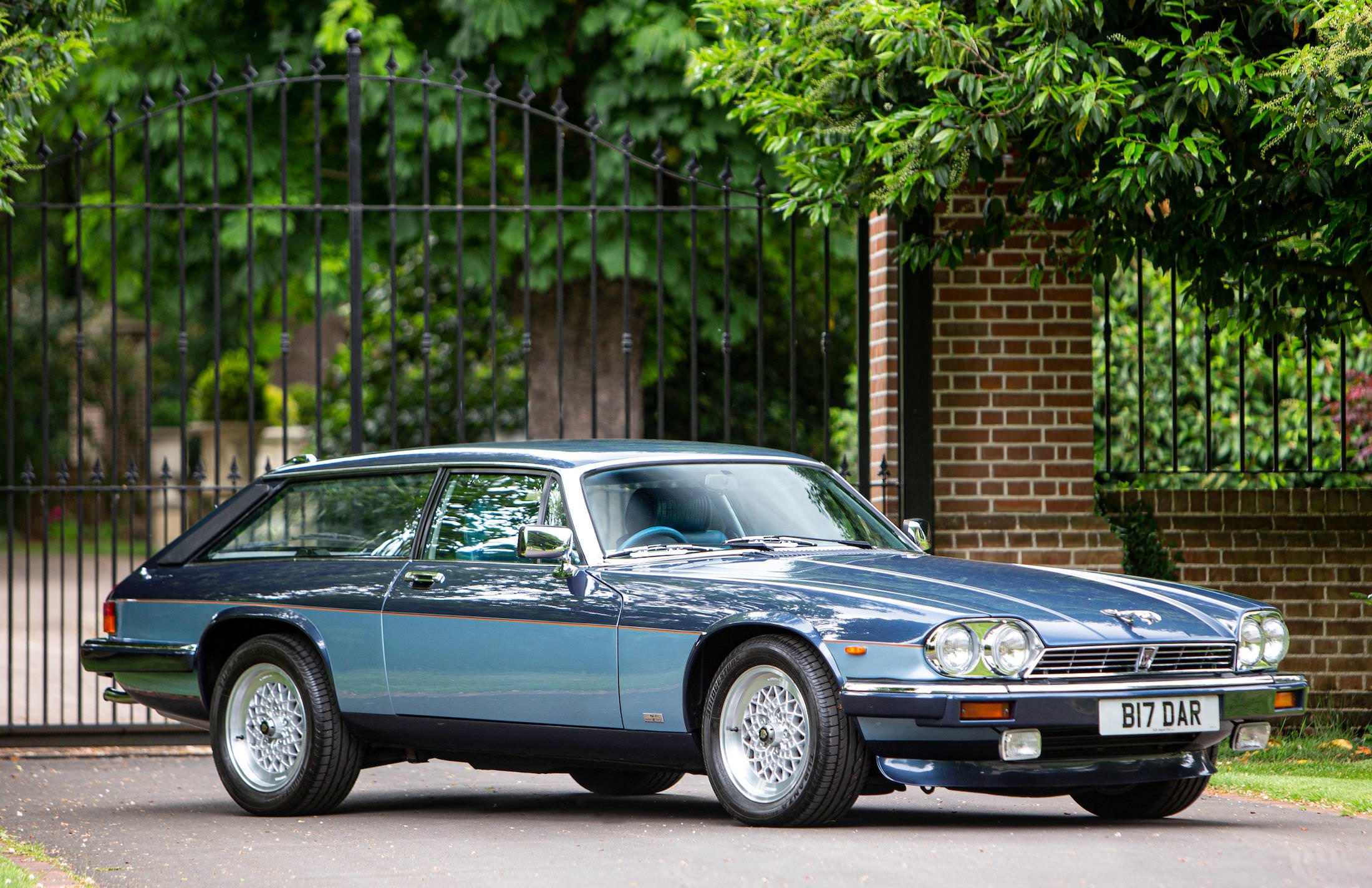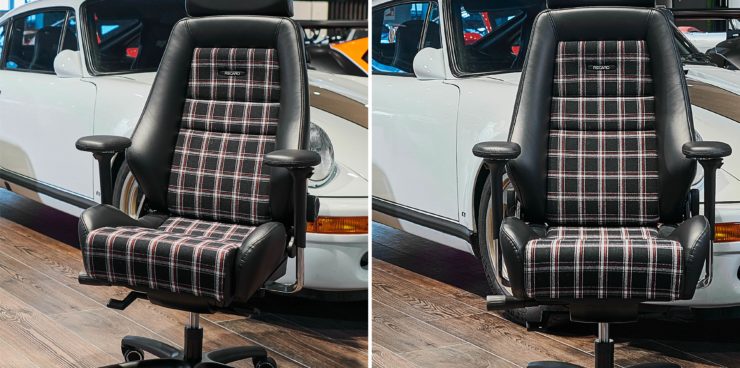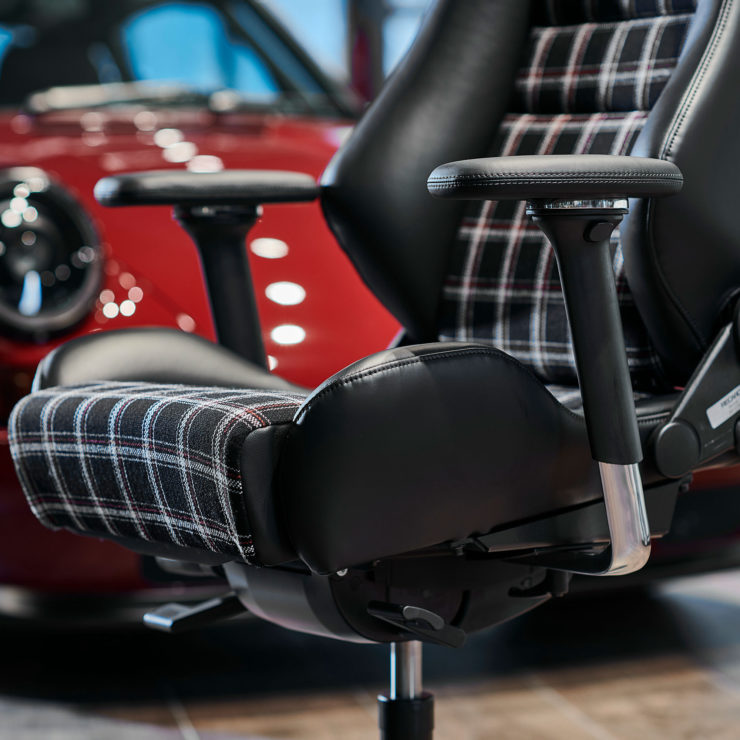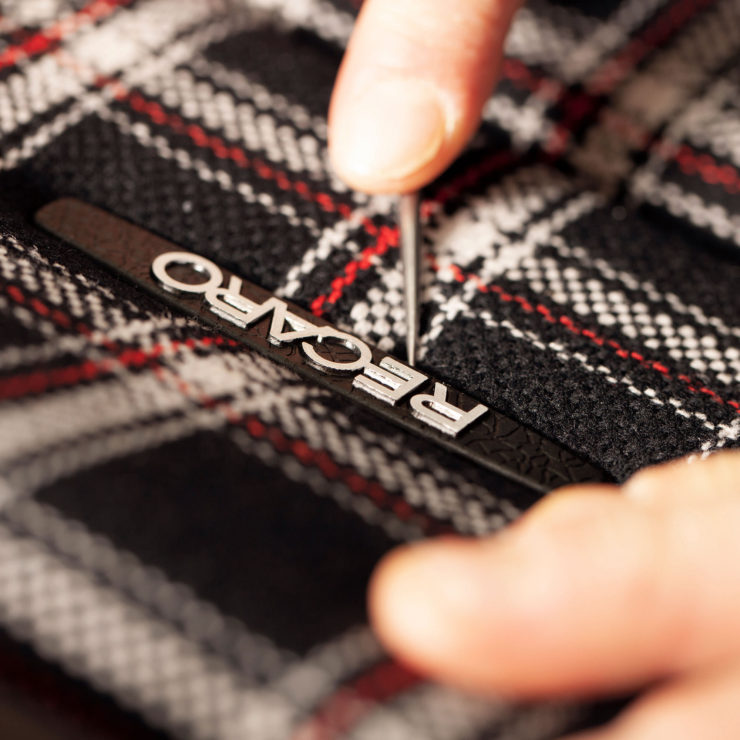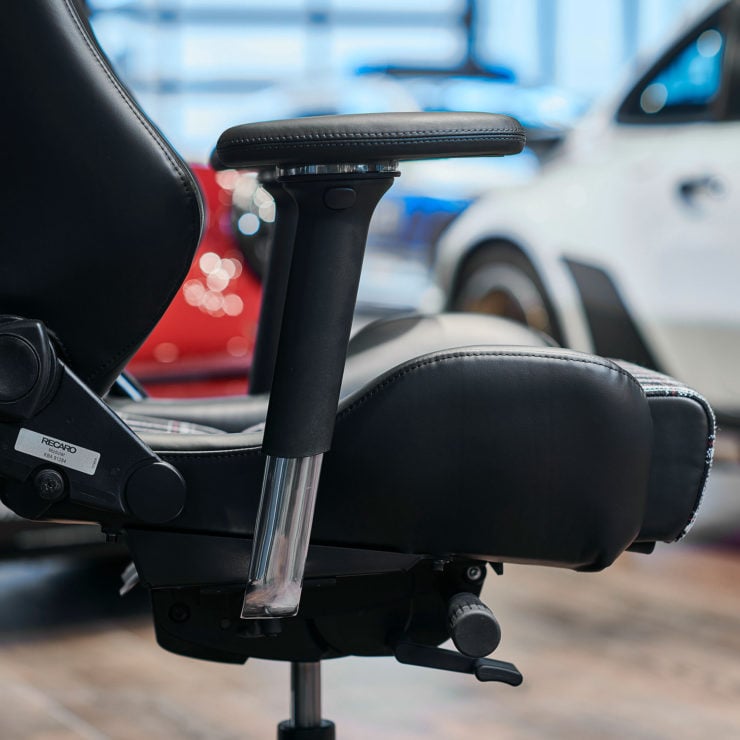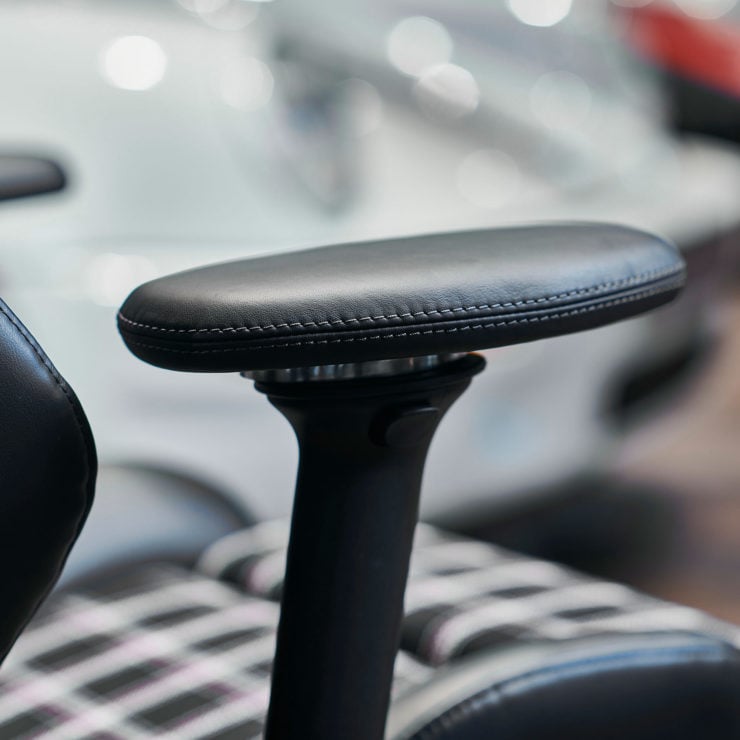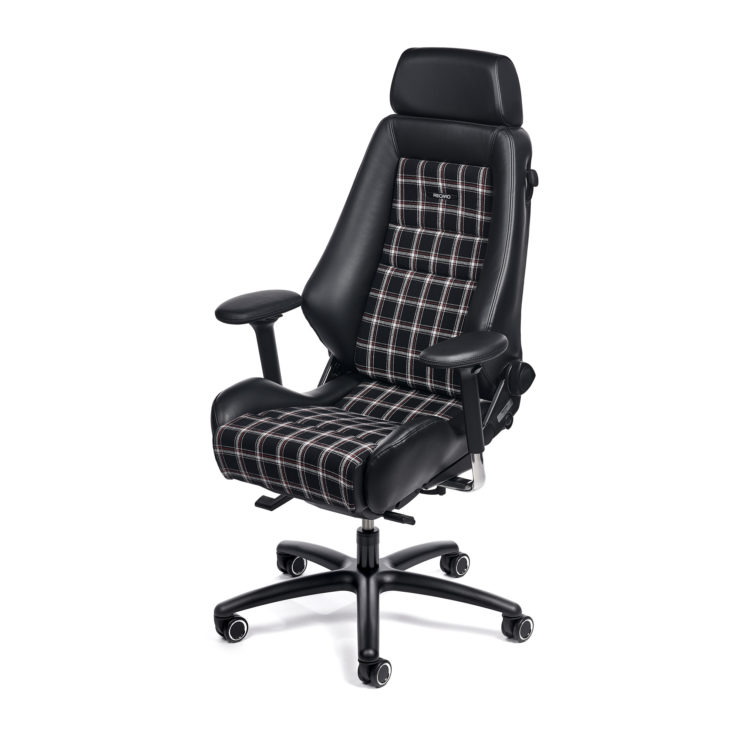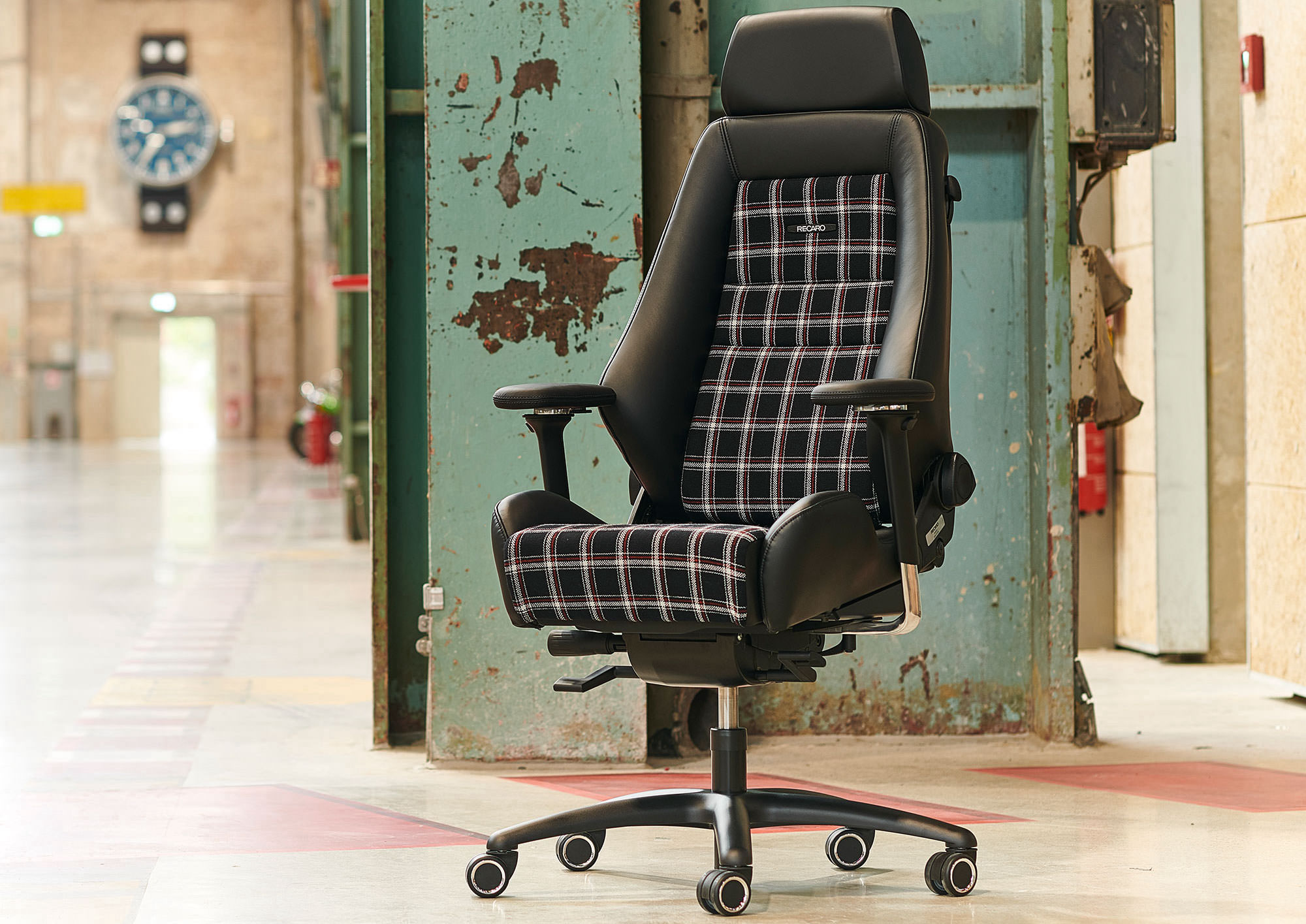This is one of the highly specialized vehicles that was built for use in the 2015 James Bond film Spectre. Of the 10 examples of the Defender SVX built for the film, 7 have survived, and this is one of the best we’ve seen.
The Land Rover Defender SVX was built by Land Rover and Bowler Motorsport specifically for Spectre, up until recently Bowler was the pre-eminent independent Land Rover performance company in the world. Land Rover bought the company in 2019 and still operates it as an independent wing.
Fast Facts – The “Spectre” Land Rover Defender SVX
- When the producers of Spectre came knocking on Land Rover’s door looking for a highly-stylized Defender for use in their new film a project was initiated, and it resulted in the Defender SVX.
- Each of the 10 vehicles built for the film are visually almost identical, they start as a long wheelbase four-door pickup Defender. New suspension, wheels, and tires are then added, along with a winch, a front nudge bar, a full external roll cage, and a slew of other modifications.
- The vehicles were used memorably in Spectre (see below), and three were destroyed during filming. The remaining seven are now highly collectible.
- The example you see here is due to roll across the auction block with Bonhams on the 24th of June at the Goodwood Festival of Speed.
James Bond’s “Spectre”
Spectre was the 24th film in the James Bond franchise, a series that started all the way back in 1962 with the release of the wildly popular Dr No.
Above Film: In this memorable chase scene from the film you can see the Defender SVX vehicles in action.
The films are based on the series of novels written by Ian Fleming, funnily enough the same man who wrote the endearing children’s film Chitty Chitty Bang Bang.
Fleming had been a British naval intelligence officer during WWII, and an important one at that, so his books about a fictional British spy named James Bond always seemed somewhat more believable than they otherwise might have.
The 007 series is now the most successful spy/action franchise in history, and its popularity shows no signs of waning. The most recent Bond film, No Time to Die, was released in 2021 and it grossed over $774 million worldwide.
The Land Rover Defender SVX
Land Rover Defender SVX was developed for use on screen in Spectre with a very specific list of upgrades, particularly important were the notable visual upgrades for cinematic purposes.

The Defender SVXs that were made for the film saw extensive action in the chase scene through the snow covered mountains. Image courtesy of Sony Pictures.
Each of the 10 vehicles started life as a long wheelbase Defender with a pickup truck back, four doors, and seating for five adults. The original front seats were removed and replaced with racing seats with harnesses for the stunt driving scenes, however the standard rear seats remained.
A full external roll cage was added, along with a roof rack, spotlights, a front mounted winch, a front nudge bar, and extended bolt-on wheel arches.
Those wheel arches were necessary to accommodate the chunky 37″ tires that would become one of the vehicle’s most memorable features. New lifted suspension was also fitted, and the engine received a new turbocharger, an uprated intercooler, and a new ECU to match.
Of the 10 that were made for the film 7 have survived, and they’re now considered among the more collectible of the modern James Bond vehicles.
The Land Rover Defender SVX Shown Here
The Defender SVX that you see here is an original built for the film, it’s road-legal in the UK, and amazingly it has just 470 kilometers (292 miles) on the odometer from new.

The lifted suspension and 16″ five-spoke ‘Beadlock’ alloy wheels shod with 37″ off-road tires ensure that this is one Defender that will never fit in on the school run.
Some of the surviving examples of the SVX that we’ve seen come up for sale since filming wrapped have had quite a bit of damage, however this one appears to be in remarkably good shape throughout.
The only major sign of wear are some scratches to the rear cargo area floor, which may have been caused by lugging camera equipment around while filming.
The vehicle is due to cross the auction block with Bonhams on the 24th of June at the Goodwood Festival of Speed. The price guide is £150,000 – £200,000, which works out to approximately $185,000 – $247,000 USD.
If you’d like to read more about this Defender SVX or register to bid you can visit the listing here.



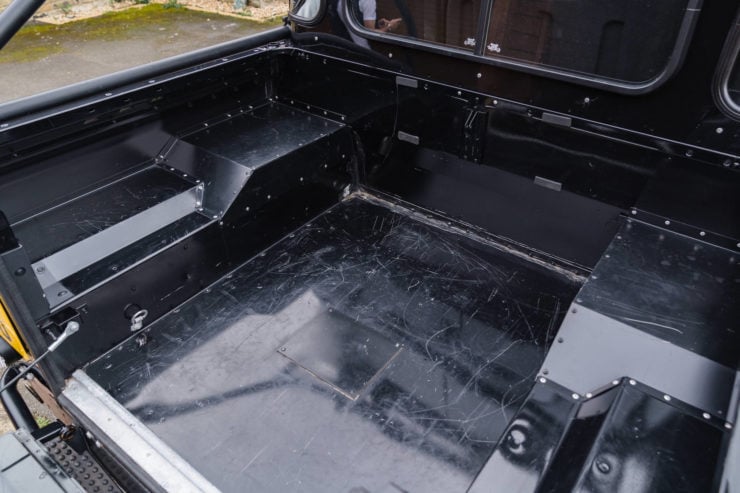
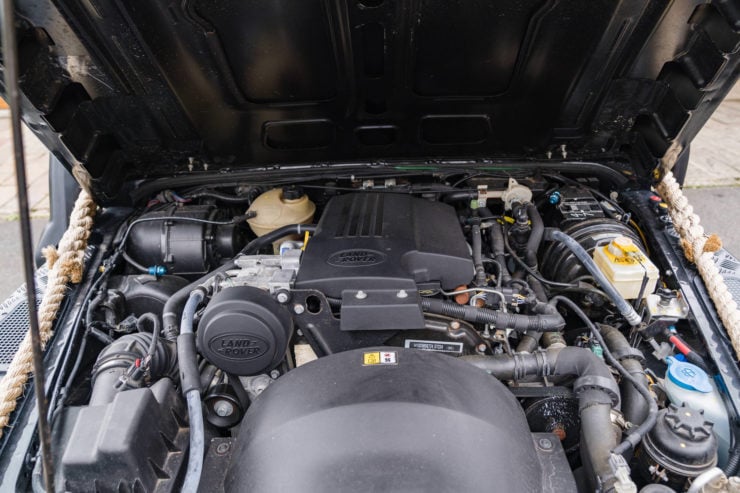
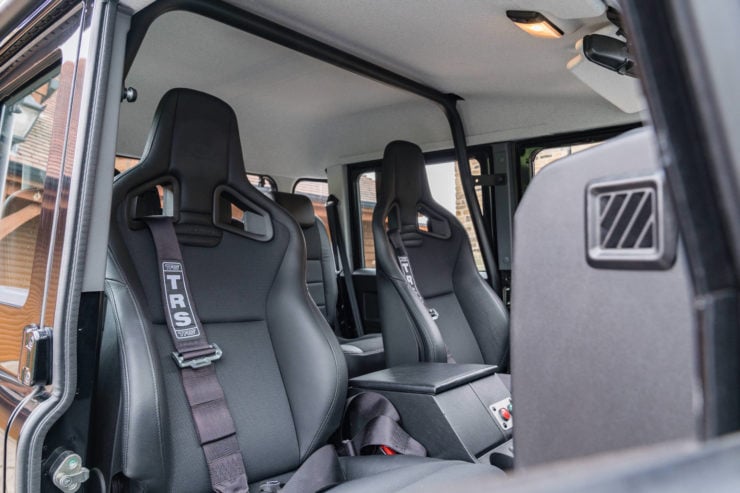
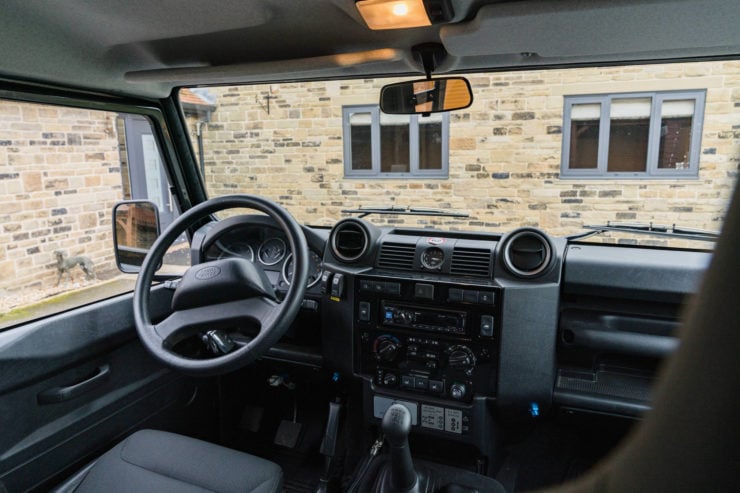








Images courtesy of Bonhams

The post For Sale: A Defender SVX From The James Bond Film “Spectre” appeared first on Silodrome.
from Silodrome https://silodrome.com/defender-svx-spectre/
via gqrds
